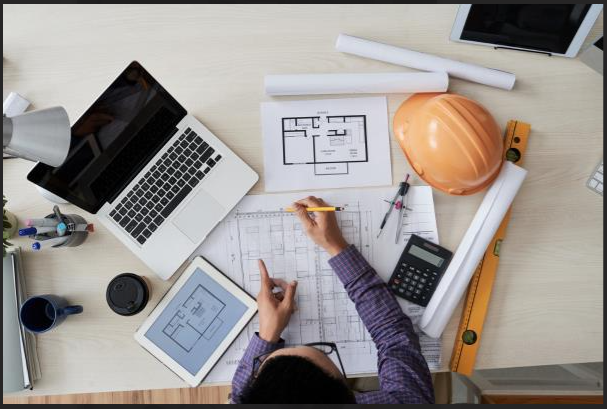.png)
Designing for Tomorrow: The Role of Technology in Shaping Modern Skylines
Technology has always been a driving force behind the evolution of architecture and urban design. From the invention of steel and concrete that enabled the rise of skyscrapers to the development of computer-aided design and fabrication that allowed for more complex and expressive forms, technology has transformed how we envision, create, and experience buildings and cities.
In this article, we will explore some of the current and emerging technologies that are shaping the modern skylines of the world and how they can help us address some of the challenges and opportunities of urbanization, sustainability, and livability.
Some of the technologies that are influencing the design and construction of buildings and cities are:
• Digital connectivity: The proliferation of mobile devices, sensors, cloud computing, and big data analytics has enabled a new level of communication, collaboration, and coordination among architects, engineers, contractors, clients, and users. Digital connectivity also allows for real-time monitoring and optimization of building performance and enhanced user experience and engagement. For example, the Edge building in Amsterdam is considered one of the world's smartest and most sustainable buildings, thanks to its integrated network of sensors, apps, and systems that collect and analyze data on energy use, occupancy, lighting, temperature, and air quality.
• Distributed infrastructure: Decentralizing energy production, water supply, waste management, and transportation systems can offer more resilience, efficiency, and flexibility for urban environments. Distributed infrastructure can also enable more participatory and democratic urban governance and service delivery models. For example, Masdar City in Abu Dhabi is designed as a zero-carbon, zero-waste city that relies on renewable energy sources, such as solar panels and wind turbines. It employs innovative solutions for water conservation, waste recycling, and public transportation.
• Next-generation computing: The advancement of artificial intelligence, quantum computing, blockchain, and biotechnology can open up new possibilities for solving complex problems, enhancing human capabilities, and creating new forms of value. Next-generation computing can challenge ethical, legal, and social norms and expectations. For example, Sidewalk Labs' Quayside project in Toronto aims to create a smart neighborhood that leverages AI, IoT, digital twins, and other technologies to improve urban mobility, sustainability, and quality of life.

As technology continues to evolve and innovate, we can expect to see more changes in the shape and function of buildings and cities in the future. Technology can offer new opportunities for enhancing our built environment’s functionality, efficiency, sustainability, and beauty. However, it also poses new challenges for ensuring its safety, security, equity, and ethics. We need to embrace technology as a tool for creating places that enhance people's lives and well-being.